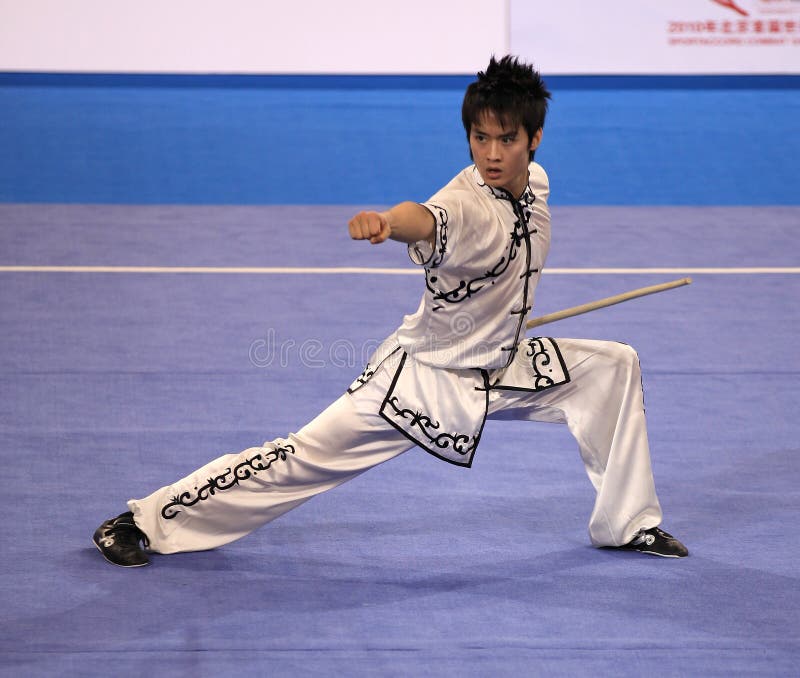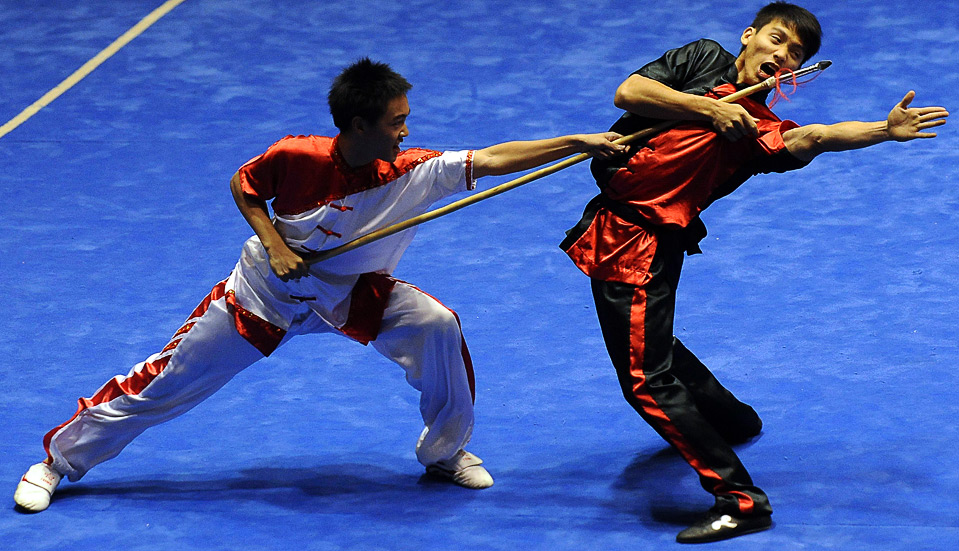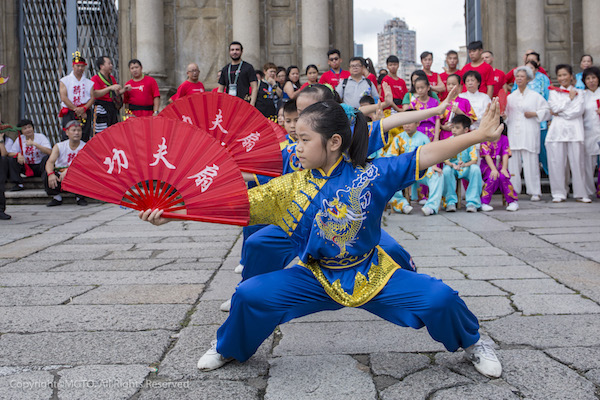What makes a technique work for you?
Hi!
I am glad to say that I have successfully developed the ability to kick my own head height with roundhouse and reverse roundhouse kicks at any time of day without warming up.
I am glad to say that I have successfully developed the ability to kick my own head height with roundhouse and reverse roundhouse kicks at any time of day without warming up.

It took a whole lot of training to get there, though. For years I have been unable to kick high without warming up first. Well... when I was 17 I had no trouble doing it, but then I had to grow older.
Still- I have decided that as long as I am training- I can keep pushing until I get it back and I am happy to say that it is back and better than ever, because now I can also HOLD the kick at head height.

That is the thing with anyone still actively practicing martial arts- we just have so many more tools available to help us in fights than a person who has just attended a self defense class or two. During my early karate years I have been warned by my Sensei that high kicks are really not suitable for self defence and that we should rather stick to low kicks whenever we have to fight for real.
I have even seen a very well-known past master being quoted saying that kicks are not really useful in a real fight.
Statements like that make it easy for people to come forward and say things like
"this does not work." and "this really works". We also have practitioners of certain styles that would argue vehemently why their specific version of a technique is more effective than that of the next school.
"this does not work." and "this really works". We also have practitioners of certain styles that would argue vehemently why their specific version of a technique is more effective than that of the next school.

If you want to join a discussion like that in an informed manner, however, you have to know that there are numerous factors, other than a technique's design that determine its use and effectiveness.
A few of these factors have come to my mind that I would like to mention:
A few of these factors have come to my mind that I would like to mention:
1. The purpose of the technique: Practice the punching techniques of Xingyiquan and Chen style Taijiquan and you quickly realise that while these punches do not look like anything you would see in an MMA ring, they can do some serious damage. These punches dent car doors, make trees shake and I am sure that they can crack the plaster off your walls, but- there is a limit. They only work when both feet are firmly planted on the ground.
The moment you punch someone in mid-flight or while chasing after him while he is retreating in a tournament fight you find that these punches don't really work that well.
Traditional Karate had punches like that as well. Competition sparring, however, demand that you have to be able to hit a target at any given time, regardless of where your feet are and we find that the punches that are used by competitors are not as powerful as those in traditional arts, but they are fast and they hit the target when they have to.
The moment you punch someone in mid-flight or while chasing after him while he is retreating in a tournament fight you find that these punches don't really work that well.
Traditional Karate had punches like that as well. Competition sparring, however, demand that you have to be able to hit a target at any given time, regardless of where your feet are and we find that the punches that are used by competitors are not as powerful as those in traditional arts, but they are fast and they hit the target when they have to.

Likewise we have seen that while you can score an Ippon with your Shotokan Karate roundhouse kick that hits and snaps right back after doing so it is definitely not the same as the destructive neckbreaking roundhouse kick used by Kyokushin and Muay Thai fighters. We know by now that Muay Thai as well as Kyokushin has knocking an opponent down as a primary objective. It is understandable that their techniques would be suited to that purpose.

Then we of course have Chinese martial arts that have survived government imposed bans in their history because their forms have been beautified by modifying techniques to display poise and grace.

I still get fascinated by Wushu forms in action. I am not a fan of gymnastics or figure skating, but I have huge respect for anyone who can pull off those difficult forms with the style and grace of people like David Torok and Jade Xu.
2. Time of day: I have mentioned that I had to train to be able to kick high at any time I want to or need to. Before I got to that point, however, there have been many times when these kicks would simply not be available to me. They would definitely not have been my go-to moves when I get surprised by a mugger in a parking lot. It helps to keep a wide range of simple straightforward techniques that do not require a lot of strength and flexibility to work ready for self defence. We know by now that the techniques we use in competitions are not the same as the ones we use in self defence situations, right?
2. Time of day: I have mentioned that I had to train to be able to kick high at any time I want to or need to. Before I got to that point, however, there have been many times when these kicks would simply not be available to me. They would definitely not have been my go-to moves when I get surprised by a mugger in a parking lot. It helps to keep a wide range of simple straightforward techniques that do not require a lot of strength and flexibility to work ready for self defence. We know by now that the techniques we use in competitions are not the same as the ones we use in self defence situations, right?
3. Your own energy level, state of mind and physical condition: If there is one thing that I have learnt about life from work it is that trouble always arrives when you are not in the mood for it.
You can readily accept that you can be attacked on your way home while being tired after a hard day's work. What kind of defences or attacks will you be able to deliver in this state.
Some techniques work perfectly when you are calm and in control of yourself. How well will they work when you are hot with rage, though?
Some techniques work perfectly when you are calm and in control of yourself. How well will they work when you are hot with rage, though?
4. Build, body type: In Chinese we have the saying of "Nan Quan Bei Tui" meaning "Southern Fist Northern Leg". This saying is used to explain that the people of Southern China generally had better upper body strength than their Northern compatriots and excelled at hand techniques while those in the North had stronger legs and excelled at kicking.
We see how different students in the same school have preferences to techniques that best suit their build when they spar.
We see how different students in the same school have preferences to techniques that best suit their build when they spar.
5. The amount of training needed: Don Wilson said that it would take him years to teach a beginner to punch as effectively as a boxer, but that just about anyone could use elbow strikes. If you want to create a style that uses only elbow strikes, eye jabs and low kicks you are welcome to do so, but I would really not enjoy learning it. The workout I get from practicing high kicks, footwork and punches is just something I would not want to replace.
That is it from me for today.
Have a great weekend and a great week ahead!
Have a great weekend and a great week ahead!



Impressive progress on your training! Achieving head-height roundhouse kicks without warm-up is no small feat. For anyone wanting their car to look as sharp as their skills, check out alloy wheel repair to keep those wheels in top condition.
ReplyDelete